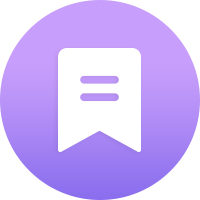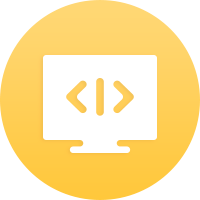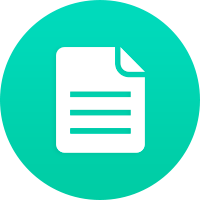The two-day consecutive fall had to reverse with a rise on September 26, 2025. Both 24K and 22K categories witnessed declines across bullion markets in India.
The one-gram price of the 24K gold rose by INR 44 to INR 11,488. Yesterday, it was INR 11,444. As a result, the 10-gram price climbed to INR 1,14,880, witnessing a growth of INR 440.
At the same time, the per-gram price of 22K gold touched INR 10,530 after recording a hike of INR 40 from the previous day's closing. The 10-gram price reached INR 1,05,300, witnessing a growth of INR 400.
The two-day consecutive fall had to reverse with a rise on September 26, 2025. Both 24K and 22K categories witnessed declines across bullion markets in India.
The one-gram price of the 24K gold rose by INR 44 to INR 11,488. Yesterday, it was INR 11,444. As a result, the 10-gram price climbed to INR 1,14,880, witnessing a growth of INR 440.
At the same time, the per-gram price of 22K gold touched INR 10,530 after recording a hike of INR 40 from the previous day's closing. The 10-gram price reached INR 1,05,300, witnessing a growth of INR 400.













